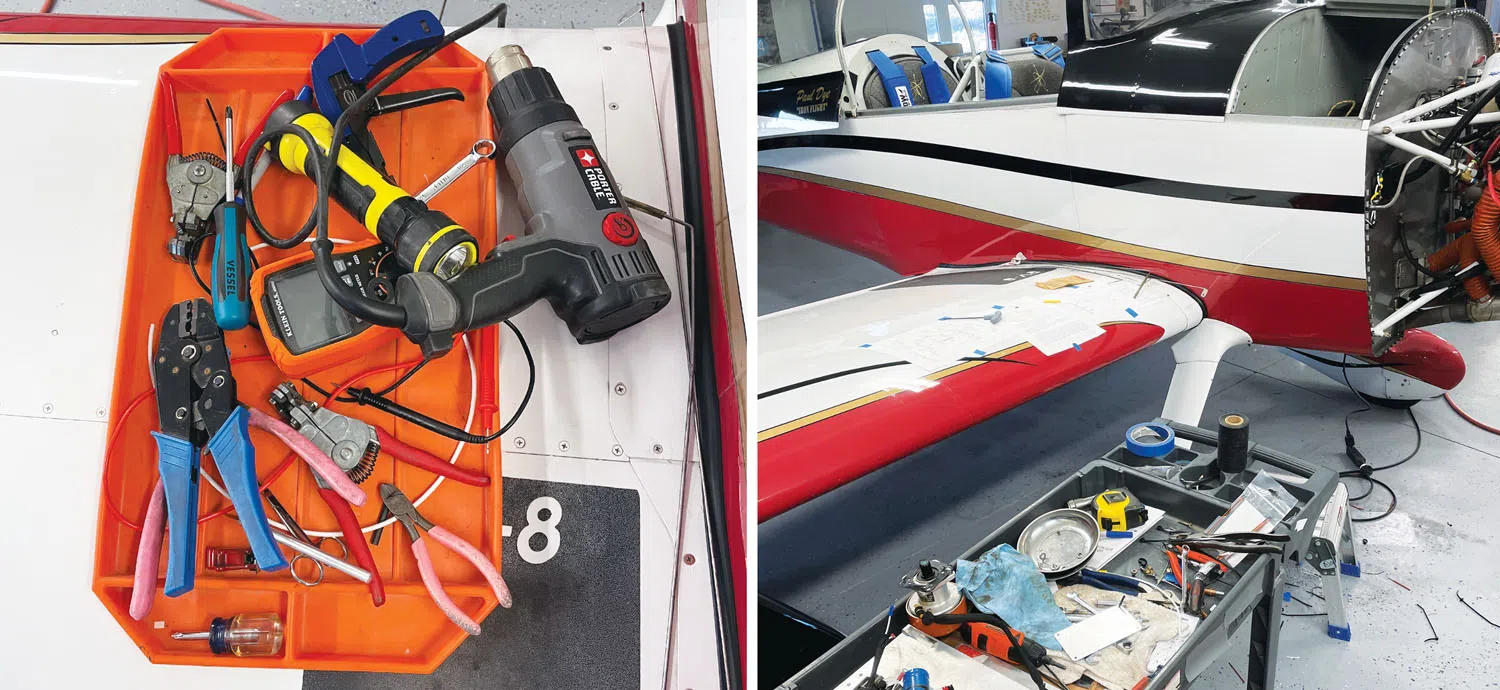MZ-30L Review in Kitplanes Magazine
Paul Dye, Editor at Large for Kitplanes Magazine, installs a MZ-30L generator in his beloved RV-8 and gives his impressions.

Monkworkz Experimental Aircraft Electrical Generator Introduction
Quick introduction to the MZ-30L vacuum pad generator, the video discusses how it works with your aircraft electrical system, why it is possible to run this device in parallel with other power sources and how it takes advantage of the latest power electronics advances and brushless DC motor technology.
Monkworkz Generator Bench Demo
Detailed demonstration of the diagnostic code on the MZ-30L, how they assist in installation and troubleshooting, the short circuit protection, active output indicator, overvoltage protection and recovery.